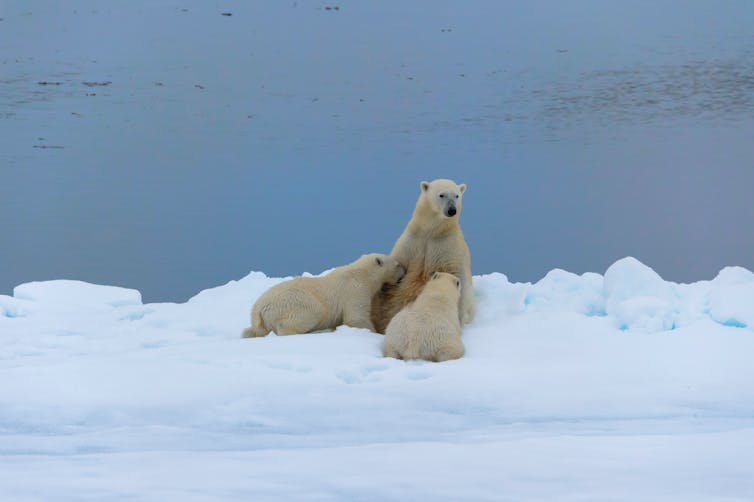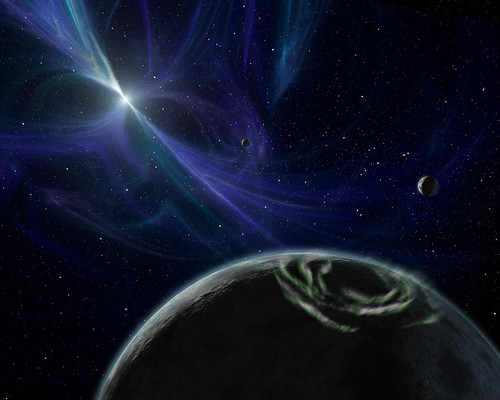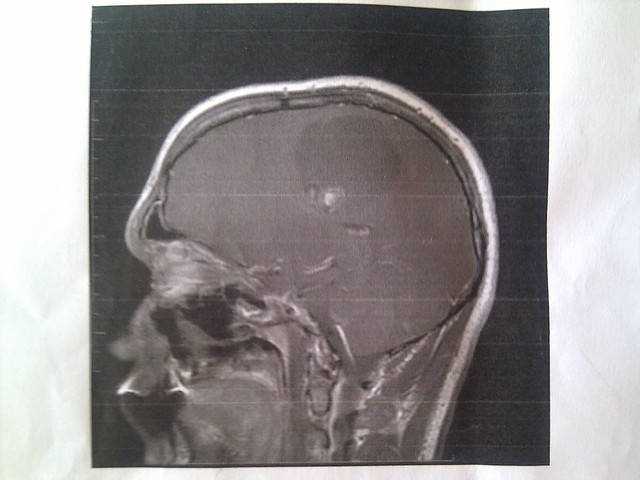
(Image: University of Regina)Three nuclear research projects at the University of Regina have been awarded funding totalling CAD580,000 (USD424,000) by Innovation Saskatchewan through the Innovation and Science Fund (ISF).ISF matches federal innovation funding dollars for projects from Saskatchewan universities, colleges and research institutes to promote research excellence and competitiveness in the province. Innovation Saskatchewan has provided more than CAD18 million in ISF funding for innovative projects at Saskatchewan institutions since 2018.The University of Regina (U of R) projects receiving the latest funding are in nuclear energy, subatomic physics and high-performance computing in nuclear science.The first project - receiving CAD200,000 - will study ways of preventing rust and damage in materials used to protect fuel in small modular reactors (SMRs) and provide advanced training opportunities in SMRs technology.The second - receiving CAD83,109 - will be used to upgrade simulation laboratory equipment for studying nuclear matter under extreme conditions.The third project - receiving CAD300,000 - will be used to help construct and test components of the Heavy Gas Cherenkov (HGC) detector, a critical piece of the Solenoidal Large Intensity Device (SoLID), one of the world's most powerful microscopes.Innovation Saskatchewan...














